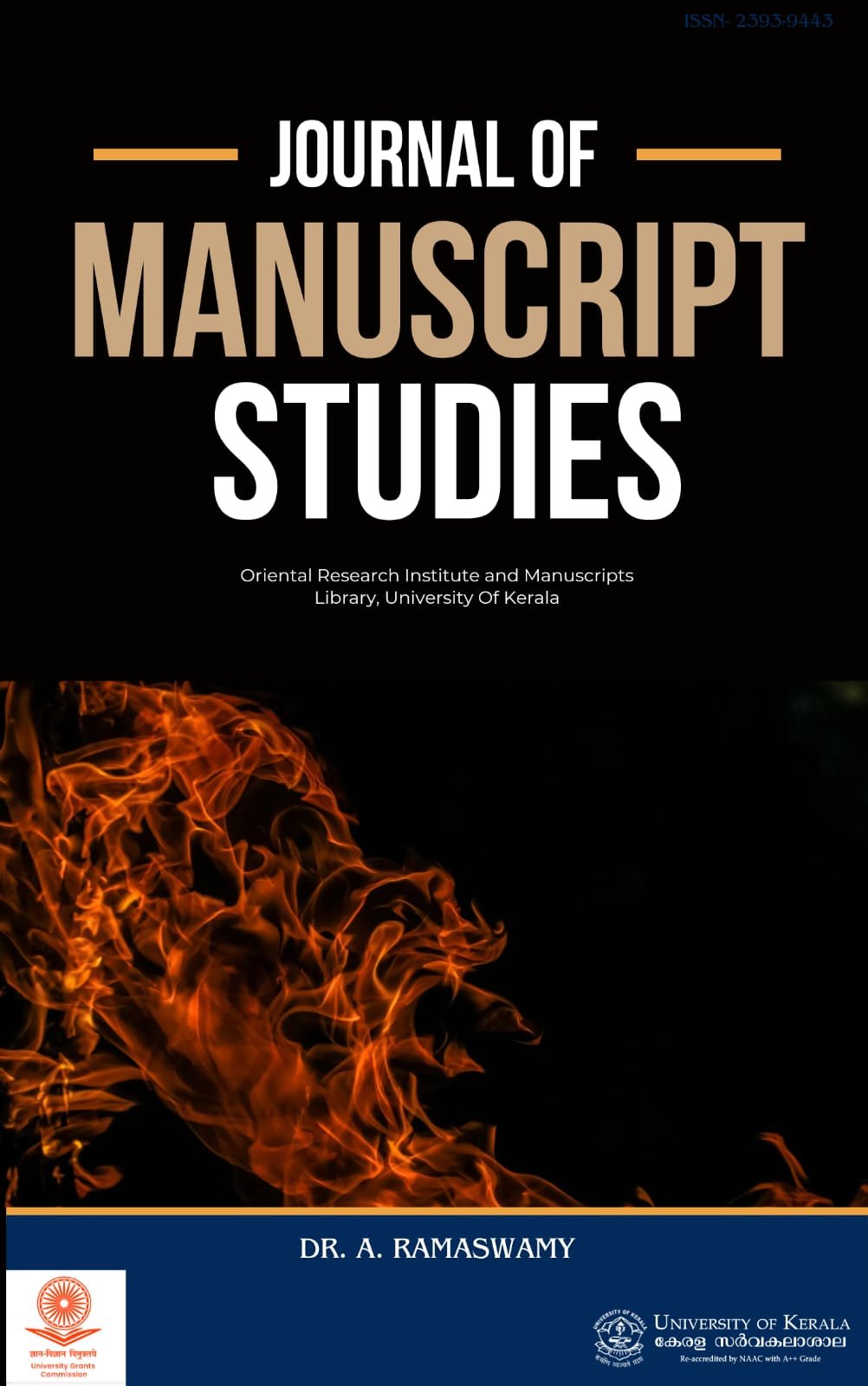Volatile profiles of traditional aromatic rice varieties in Sri Lanka
Keywords:
2-acetyl - 1-pyrroline, Sri Lanka, volatile compoundsAbstract
The fragrance of rice grain and the flavour of cooked
rice are important quality factors that influence consumer
acceptability. The principal volatile compound that contributes
the fragrance in rice is 2-acetyl-1-pyrroline (2AP). Brown
rice samples of six Sri Lankan rice varieties, including some
traditional aromatic ones were analyzed for fragrant volatile
compounds by gas chromatography (GC). Simultaneous steam
distillation and solvent extraction methods were compared in
the process of analysis. Leaf extracts of Pandanus latifolius,
a major source for naturally occurring 2AP, was used in GC
peak enrichment technique to identify the GC peaks of the
tested rice varieties. In addition to 2AP, other fragrant volatile
compounds were also identified in the tested varieties. They
were aldehydes such as hexanal, benzaldehyde and octanal,
and alcohols such as 2-butoxy ethanol, octanol, benzyl alcohol,
1-pentanol, phenol, alpha terpeneol and hexanol. The volatile
profiles varied among the varieties and the majority of volatiles
were detected in Lanka-Samurdhi and Suwandal. However,
the highest 2AP was detected in Kuruluwee. The volatile
compounds detected in rice bran and husk were not detected in
the polished rice of Suwandal and vice versa. This study reveals
that volatile profiling information of potential donor parents
can be employed in aromatic rice breeding programmes and in
quality assurance studies.

Downloads
Published
Issue
Section
License

This work is licensed under a Creative Commons Attribution-NonCommercial-NoDerivatives 4.0 International License.













